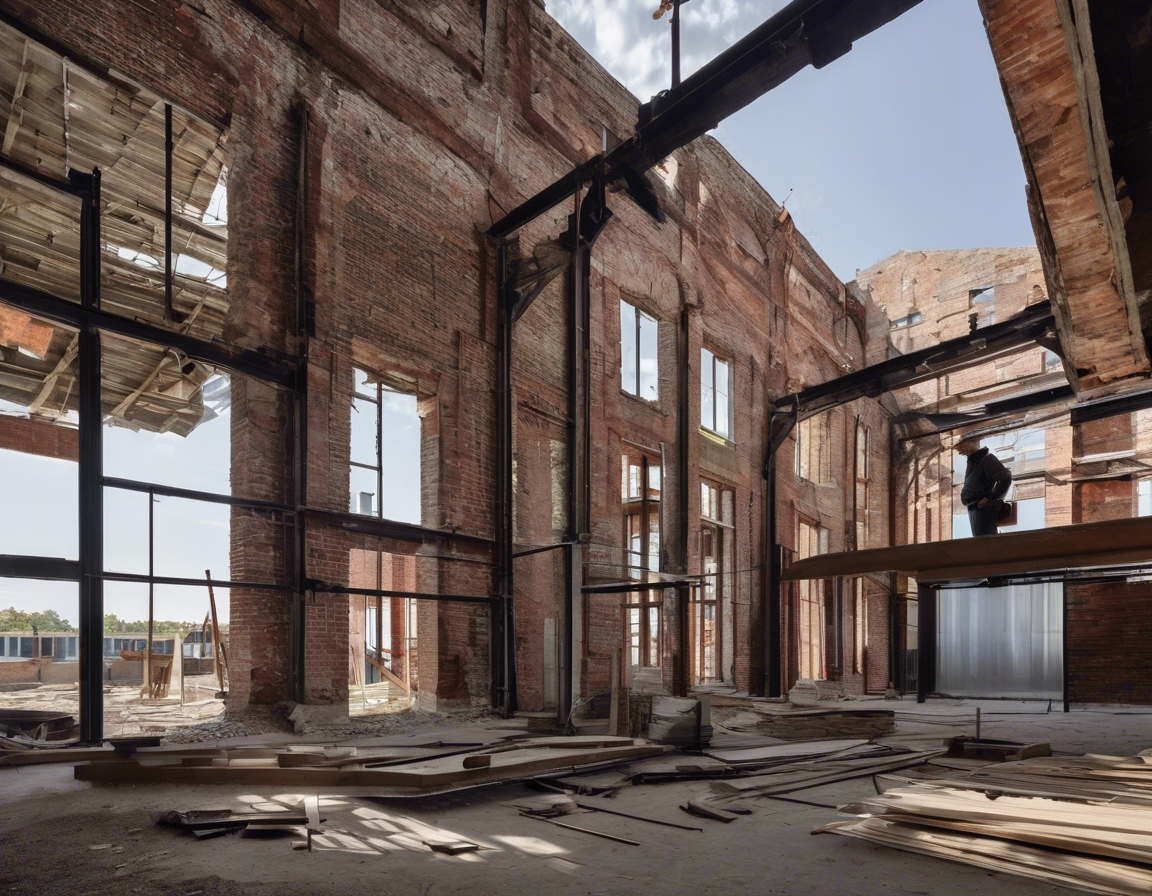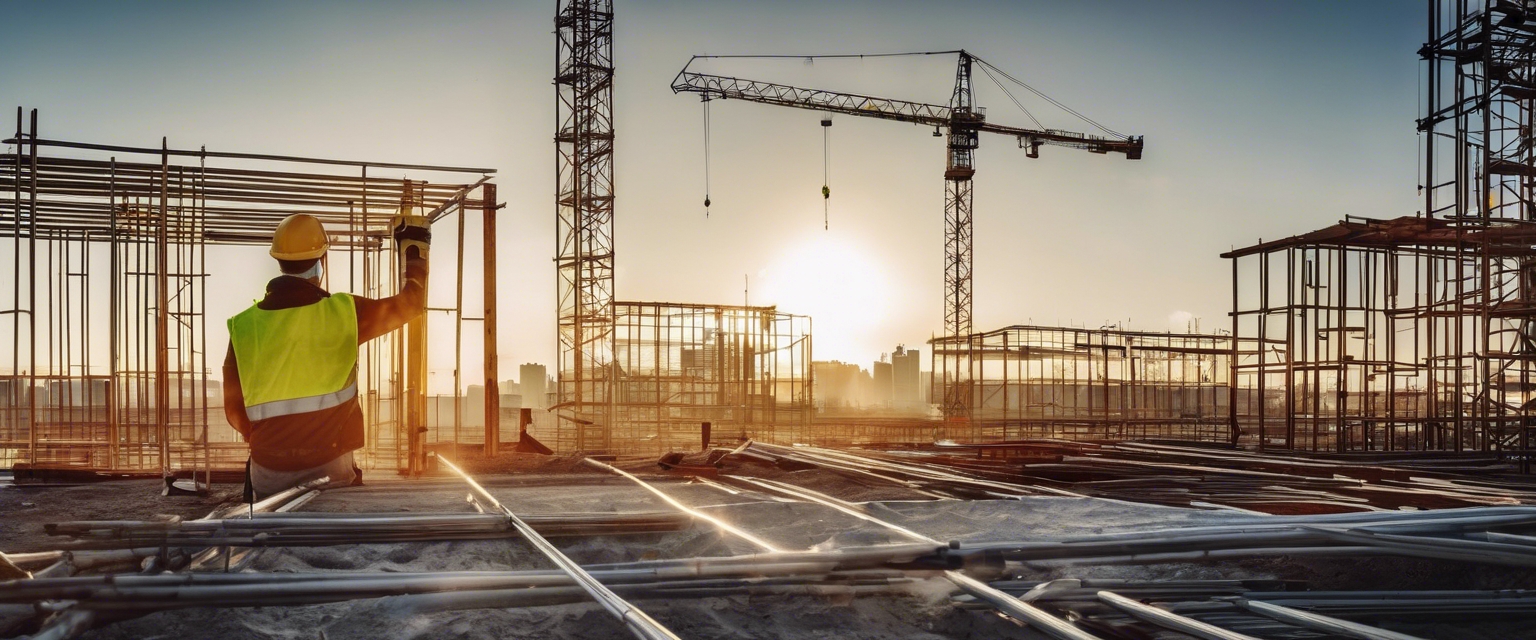The importance of sustainable building materials
In the modern construction industry, the demand for sustainable building materials is on the rise. As property developers, homeowners, and businesses become more environmentally conscious, the need for materials that minimize environmental impact while maximizing efficiency and durability has never been more critical. Sustainable building materials are those that are sourced, produced, and used in ways that reduce their environmental footprint, promote energy efficiency, and support the health and well-being of occupants.
Benefits of Sustainable Building Materials
Sustainable building materials significantly reduce the carbon footprint of construction projects. By using materials that are recycled, renewable, or have a lower environmental impact, developers can contribute to the reduction of greenhouse gas emissions, decrease waste in landfills, and conserve natural resources. These materials often require less energy to produce and transport, further minimizing their environmental impact.
While the initial cost of sustainable materials may be higher, they often lead to long-term savings. These materials are typically more durable and require less maintenance, reducing repair and replacement costs over time. Additionally, buildings constructed with sustainable materials often have higher energy efficiency, leading to lower utility bills for property owners.
Sustainable building materials contribute to healthier living environments. They often have lower levels of volatile organic compounds (VOCs) and other harmful chemicals, improving indoor air quality. This is particularly important for urban and suburban areas where air quality can be a concern. Furthermore, using sustainable materials supports ethical labor practices and local economies, as many of these materials are sourced from responsible suppliers.
Types of Sustainable Building Materials
Recycled materials, such as reclaimed wood, recycled metal, and recycled concrete, are increasingly popular in sustainable construction. These materials reduce the need for new raw materials and help divert waste from landfills. They also add unique aesthetic elements to buildings, offering a blend of modern design with historical character.
Renewable materials, such as bamboo, cork, and straw bales, are rapidly renewable and have a low environmental impact. Bamboo, for example, grows quickly and can be harvested without causing deforestation. These materials are not only sustainable but also offer excellent insulation properties, contributing to energy-efficient building designs.
Innovative materials, such as cross-laminated timber (CLT) and bio-based composites, are at the forefront of sustainable construction. These materials are engineered to provide superior strength and durability while being environmentally friendly. CLT, for instance, is made from layers of wood glued together at right angles, offering a sustainable alternative to traditional concrete and steel.
Challenges in Adopting Sustainable Building Materials
One of the primary challenges in adopting sustainable building materials is the cost. While these materials can lead to long-term savings, the initial investment can be a barrier for some developers and homeowners. However, as demand increases and technology advances, the cost of sustainable materials is expected to decrease.
The availability of sustainable materials can vary depending on location and supply chain logistics. Some regions may have limited access to certain materials, making it challenging to source them for construction projects. Building a reliable supply chain for sustainable materials is essential for their widespread adoption.
Regulatory and compliance challenges can also hinder the adoption of sustainable building materials. Building codes and standards may not always align with the use of innovative materials, requiring developers to navigate complex regulatory landscapes. Advocacy for updated regulations that support sustainable construction practices is crucial for overcoming these challenges.
The Role of Sustainable Building Materials in Modern Construction
Sustainable building materials offer unique aesthetic qualities that can enhance the visual appeal of properties. From the natural beauty of reclaimed wood to the sleek look of recycled metal, these materials provide endless design possibilities for modern construction projects.
Energy efficiency is a key consideration in modern construction, and sustainable materials play a vital role in achieving it. Materials with high insulation properties, such as straw bales and bio-based composites, help maintain comfortable indoor temperatures, reducing the need for heating and cooling systems.
Properties built with sustainable materials often have higher market value due to their energy efficiency, durability, and aesthetic appeal. As more buyers prioritize sustainability, investing in sustainable construction can lead to increased property value and a competitive edge in the real estate market.






Comments (0)